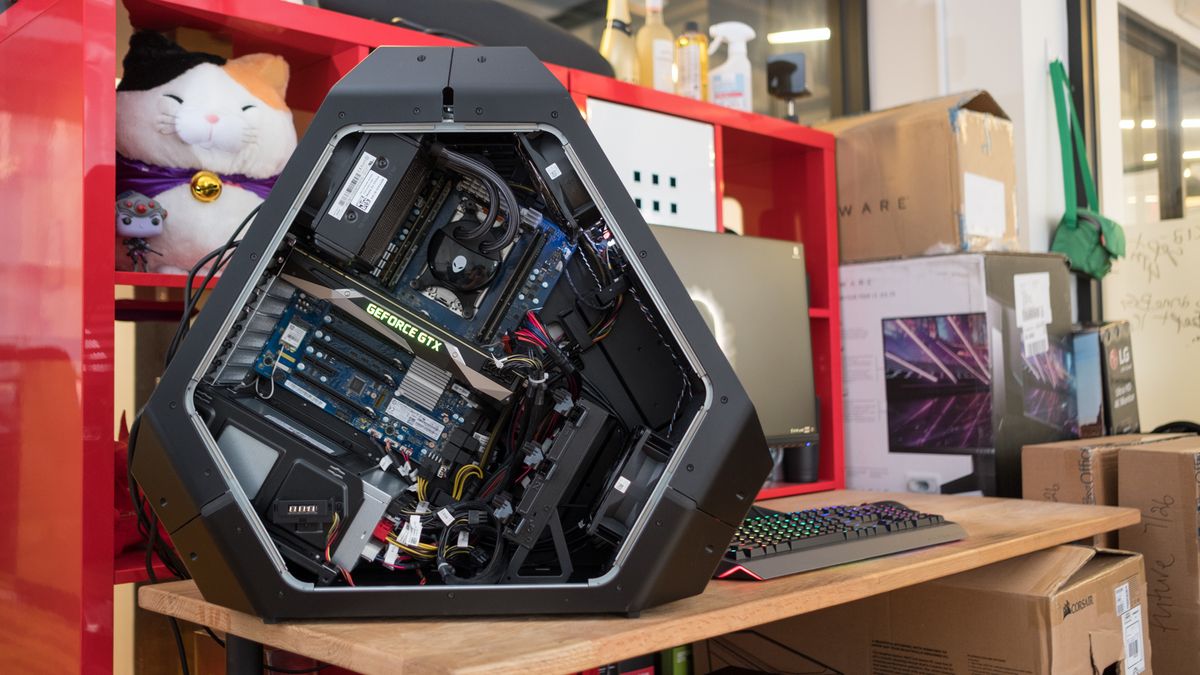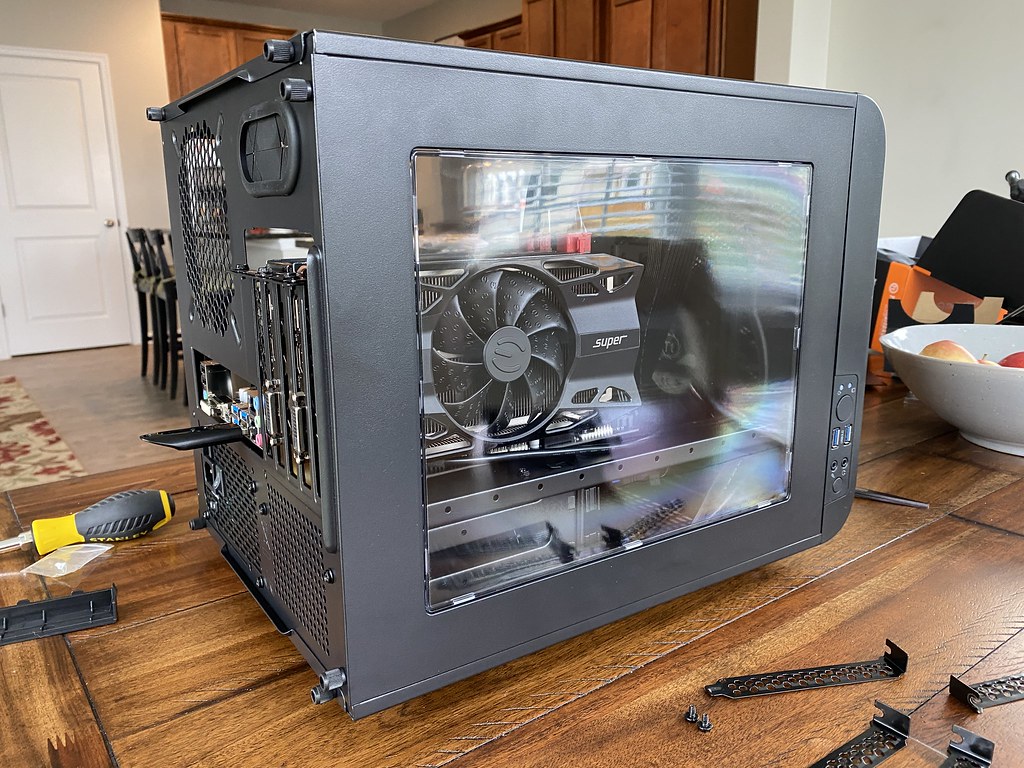
Best mining software for gpu mining software#
Some of the best mining software available for GPUs are the following. To get the most out of a GPU, you would require a mining software equally as good and optimized to produce the best results. GPU hardware is only one part of the equation in mining. The popular cryptocurrencies that are based on it include Ethereum, Ethereum Classic and Expanse. The hash rate for the DaggerHashimoto algorithm is measured in megahashes (MH/s). The Hashimoto algorithm was designed to attain ASIC resistance by being IO-bound. However, Dagger is susceptible to pressure in shared memory hardware acceleration. The first, the Dagger algorithm, was built as an alternative for memory-intensive algorithms like Scrypt. DaggerHashimoto was the name of the first version of the Ethash algorithm, designed by Vitalik Buterin and the Ethereum team to be ASIC-resistant.ĭaggerHashimoto is a combination of two other algorithms. The most well-known cryptocurrency to implement the Ethash Algorithm is Ethereum (ETH), the crypto for which this algorithm was initially created. Some of the cryptocurrencies that use the X11 algorithm are Dash (DASH), StartCoin (START), CannabisCoin (CANN) and XCurrency (XC). The hash rate of the X11 Algorithm is measured in megahashes (MH/s).

The hash rate for the SHA-256 algorithm is measured in gigahashes (GH/s). SHA-256 algorithms function on a 512-bit message block and a 256-bit intermediate hash value. SHA-256, also known as cryptographic hash algorithm, is a cryptographic function.

The hashing algorithms available that support GPU mining are the following. Because they are smaller, it is more convenient for a computer to compute hashes and solve the problems in the files or data string. These mathematical functions condense data to a fixed size. The hash (the product of mining) differs on the different types of blockchain.Ī hashing algorithm is a cryptographic hash function that maps data of any random size to a hash of a fixed size. Just as there are different cryptocurrencies built on different blockchains, there are different types of cryptocurrency mining algorithms available. The hash rate is measured in giga hashes (GH/s). On any blockchain, the hash rate is the speed at which a miner arrives and finds a hash. Once the hash is found, the block is closed, and the miner/pool of miners are rewarded with newly-created Bitcoin and transaction fees. To get this number, a computer has to try multiple times. On the Bitcoin network, miners have to find a hash that starts with approximately seventeen zeroes. When the computational problem is solved by the mining card, the product is a seemingly-random 64 character output called a hash. Since then, individuals from around the world have sought the best GPUs to get their share of crypto block rewards.Įncrypted in the SHA-256 problems solved by computers are details of electronic payments and algorithms necessary to secure a blockchain network from attackers wishing to " double-spend." For partaking in the security of the blockchain network, miners are rewarded with crypto coins. GPU mining became a hot topic in 2017 after Bitcoin zapped past its previous highs to peak at just under $20,000 (a little less than half of what it would later reach in January 2021!). In this way, individual computers represent workers in a mine getting paid for searching for the treasure, the block reward. Rewards are handed out to miners after a block of the currency has been mined.Īll the participants in a shared pool get a share in the profits based on how much computing power they contributed. Most mining operations, including the use of graphics cards and specialized mining rigs, are now conducted in shared pools, where participants combine their computing powers into a big group to generate results more quickly.

While it used to be possible mine Bitcoin and other cryptocurrencies at home with your laptop, that's no longer an option for most cryptos due to the rising interest in mining, along with the Bitcoin reward halvings.


 0 kommentar(er)
0 kommentar(er)
